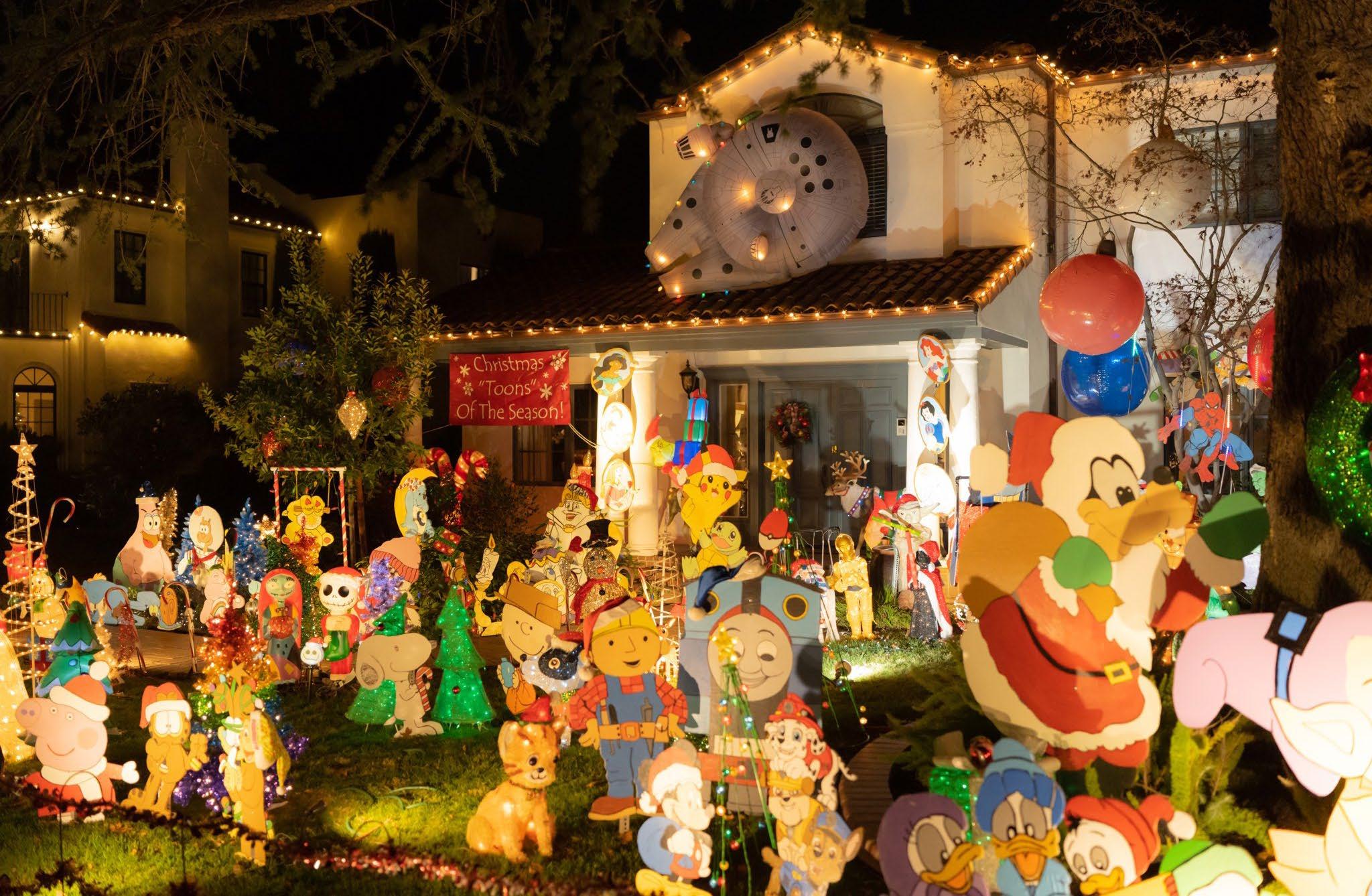
2 minute read
The Transformation of Cartoons
Cartoons have come a long way, they have gone from colorless 2D figures—to stunningly bold HD human like replicas, read on to see why.
-By EddiE WalkEr
Advertisement
One striking change in the cartoon world is how much they’ve evolved over time. In the beginning, cartoons were fairly simple. They were often hand-drawn and had only a few colors. But as technology has improved, so have cartoons.
Today’s cartoons are more realistic than ever—and not just because they look more like real life; they also have a better understanding of what audiences want them to do. Take Bugs Bunny and Mickey Mouse, for example: both characters were created in the 1930s and have been around for several decades.
But while Bugs Bunny remains true to his roots as a prankster, Mickey Mouse has evolved into a friendlier character who’s less focused on pranks and more interested in helping humans solve problems together. Nowadays, animators can create far more realistic and diverse characters than they could before—and audiences love it. Here are a few examples of cartoon characters who have undergone progressive transformations over a decades of time, thanks to our advancing technology.
This change happened because audiences began to expect more from their cartoon characters. Also, because creators learned how to give their viewers what they wanted.
Looking back it’s quite shocking to believe that some of our favorite characters were once hand-drawn with a basic pen-and-paper technique, but they were!


Scooby Doo has been a part of American culture for decades, and it’s no surprise that the show has changed quite a bit in its time. Over time animations have come a long way since the first episode of Scooby Doo aired in 1969.
The vintage Scooby Doo characters appearance’s were inspired by Hanna-Barbera’s previous series: The Flintstones. Scooby Doo‘s characters were very basic in their design with minor facial expressions, and very subtle body language to convey their personalities.
Animations in 60’s were hand-drawn, but as technology progressed, so did the animation process. Today’s animations are 3D instead of 2D and are computer generated using CGI (Computer-generated imagery.) Ultimately resulting in a more realistic quality and higher resolution than ever before.

Today if you wanted to create an animated project here’s a simplified version on how that process looks: First, an animator uses a computer program like Adobe Photoshop or Maya to create a digital frame of whatever they want their character to look like—whether that’s an animal or a person. Then they’ll use another program called Adobe After Effects (or another similar program) to add color and texture to that image so it looks more realistic on screen. Finally, they’ll import all their images into a video editing program like Adobe Premiere Pro or Final Cut Pro, so that they can put all of those frames together into one cohesive video.
So as you can see animation is a very technical process but it is a lot less time consuming than in the past. It’s going to be amazing to see how animation progresses again in the near future.
1969









